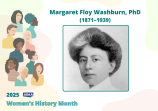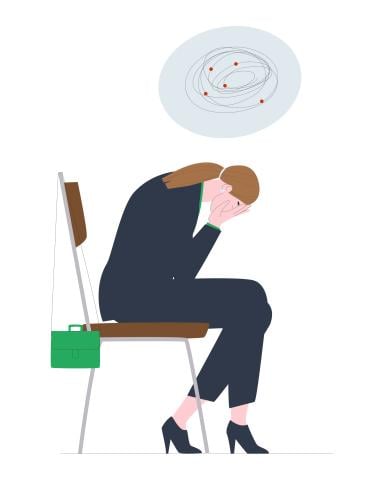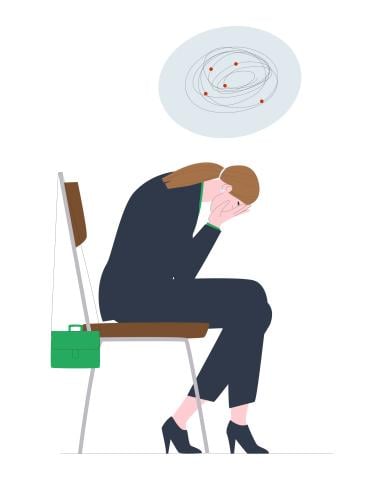Paula J. Clayton, MD (1934 – 2021): Pioneering Psychiatry with Passion and Precision
Paula J. Clayton, MD (1934 – 2021): Pioneering Psychiatry with Passion and Precision
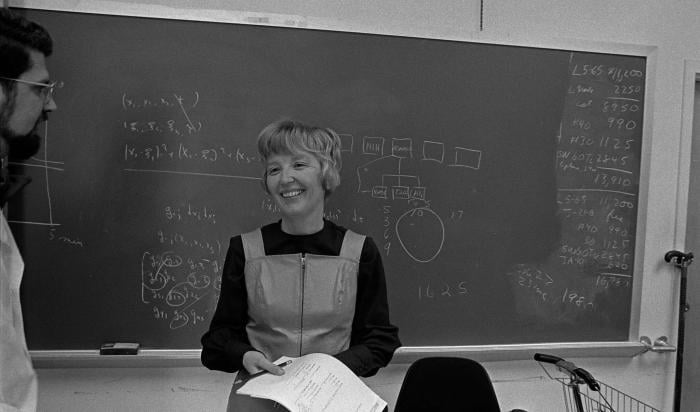
Dr. Paula Clayton was a trailblazing psychiatrist who earned her medical degree from Washington University School of Medicine in 1960, becoming one of four women in her graduating class1. Her journey from a determined medical student to an internationally recognized researcher exemplifies her dedication and commitment to patient care, destigmatizing mental health treatments and strengthening the field of psychiatry.
Her research, with Drs. George Winokur and Theodore Reich, on mood disorders and bereavement redefined the clinical landscape, promoting the view that mental illnesses could be diagnosed and treated with the same empirical rigor as physical ailments3. She believed and encouraged collaborations with her mentors and peers and delved deeply into the complexities of mood disorders. Their 1969 co-authored work on manic-depressive illness provided critical insights that continue to influence psychiatric practices today.
Dr. Clayton's research into bipolar disorder further cemented her legacy. Her work revealed that bipolar disorder and unipolar depression were not separate entities but parts of a spectrum2. This revelation had profound implications for diagnosis and treatment, significantly enhancing patient care.
Perhaps her most impactful research focused on bereavement. Dr. Clayton and her colleagues demonstrated that while bereavement could resemble depression, it was a distinct and not necessarily a clinical phenomenon2. This nuanced understanding helped shape modern approaches to mental health, emphasizing the need for tailored treatments for grief and depression.
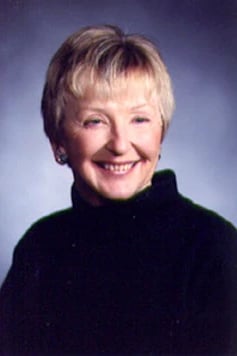
In 1980, Dr. Clayton shattered another glass ceiling, becoming the first woman to chair a Department of Psychiatry in the United States at the University of Minnesota School of Medicine. In this role, she championed not only mental health awareness but also gender equality, advocating for equal pay for female faculty members and fostering an inclusive and supportive environment1,2. In a time when female leaders in psychiatry were rare, she stood out as an exemplary role model. Robert Hirschfeld described her as "extraordinarily gracious and noncontentious in manner, and fair and friendly to the core, yet completely uncompromising on any matter of principle"3. These attributes helped her shift the mental health field and engage professional and public audiences in substantial changes.
A prolific author, Dr. Clayton penned over 160 papers, several books, and numerous book chapters, leaving an indelible mark on both theoretical and clinical psychiatry. She held leadership positions in prestigious organizations like the American Psychiatric Association and the American College of Neuropsychopharmacology, tirelessly advancing the field through her research and advocacy2.
Her dedication focused on breaking the stigma surrounding depression and suicide. As Chief Medical Officer of the American Foundation for Suicide Prevention (AFSP) from 2006-2013, she created comprehensive programs to educate chapter members about suicide prevention2. Her belief in sharing science in a relatable manner inspired the dissemination of evidence-based practice and community-based suicide prevention services. Additionally, she led to her efforts to link the AFSP to the International Academy of Suicide Research, broadening the impact and educational accuracy of their work.
Dr. Paula Clayton's science-driven and compassionate approach to psychiatry has had a lasting impact on clinicians and the public. Her contributions continue to guide and inspire future generations of mental health professionals ensuring that her legacy of precision, passion, and progress endures mental health treatment.
References:

